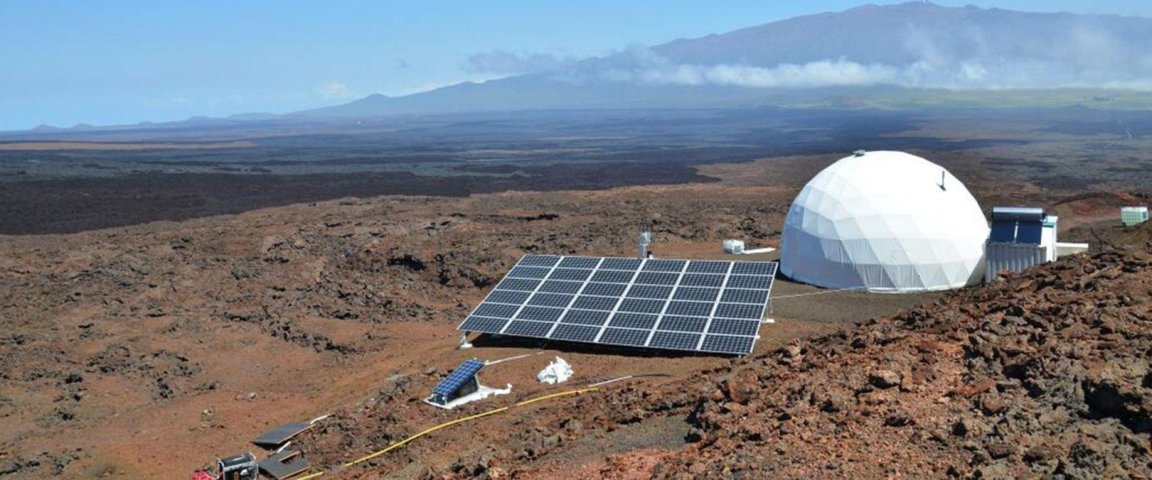
Living in Isolation
Eight months have passed since the fifth Hawaii Space Exploration Analog and Simulation (HI-SEAS) experiment began, and on Sunday, September 17, the crew returned from isolation.
The crew, comprised of four men and two women, were tasked with living in a geodesic dome located near Mauna Loa, one of the remote volcanoes that forms Hawaii. The dome had 1200 square feet of floor space, and small sleeping quarters for each member. A kitchen, laboratory, bathroom with one shower and two toilets, simulated airlock and “dirty work area” were also included.
The mission was meant to simulate Mars, hence the habitat’s rocky, Mars-ish location, and as such, the crew had to wear space suits while outside of the dome, communicate with NASA on a 20-minute delay, and live on canned and freeze-dried food.
Compensatory Techniques
While in isolation, the crew played games designed to measure their stress levels and overall compatibility. Logs were kept by each member explaining how they felt throughout the mission. Special sensors were also worn at all times to measure their voice levels and distance to other crew members — this was particularly important to see if members avoided each other, and if they got into arguments.

“There are certainly human factors to be figured out, that’s part of what HI-SEAS is for,” said the team’s information technology specialist Laura Lark. in a video recorded within the dome. “But I think that overcoming those challenges is just a matter of effort. We are absolutely capable of it.”
The data collected will be used to help NASA (which funded the project) pick individuals for a two-to-three-year mission to the red planet. The organization hopes to begin around 2030, and those chosen for the expedition will need to have the right combination of characteristics and skills to better deal with the stress, relative loneliness, and dangers such a mission would entail.